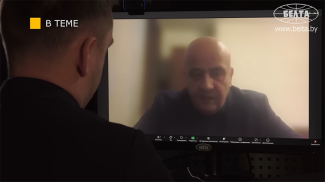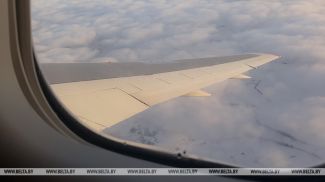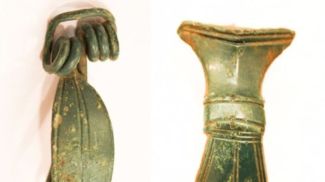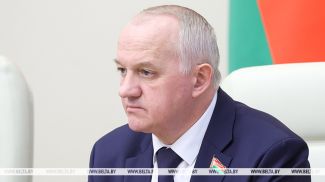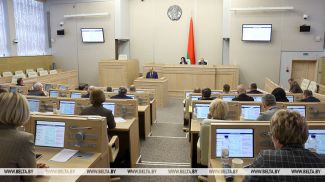MINSK, 20 July (BelTA) – A temporary exhibition "The Line Between Life and Death. In Memory of the Minsk Ghetto and Jewish Shtetls of Belarus", timed to the 80th anniversary of the Minsk ghetto, opened in the Belarusian State Museum of the History of the Great Patriotic War in Minsk on 20 July, BelTA has learned.
The Wehrmacht field commander issued an order establishing the Minsk ghetto on 19 July 1941. On 20 July 1941, the order was promulgated. The Minsk ghetto became one of the largest in Eastern Europe during the Second World War. “The Minsk Ghetto, the largest in Belarus, was established 80 years ago, lasted two years, three months and three days. It held about 120,000 Jews who lived in inhuman conditions there. They loved, raised children, fought to survive, escaped to join the partisans and to fight. But, unfortunately, almost all of them were brutally killed - few managed to survive. The more years separate us from those horrific events of the Holocaust, the fewer living witnesses remain among us, the more attention we must pay to preserving the memory. Belarus is doing a lot in this regard,” said Ambassador Extraordinary and Plenipotentiary of the State of Israel to the Republic of Belarus Alex Goldman Shayman.
In his words, one of the most important goals in preserving the memory is to create an environment where a tragedy like the Holocaust can never happen again. ‘Never again' are not just words, this is one of the commitments of the State of Israel to the Jewish people and to the whole world. This is a warning to all the Holocaust deniers who sow the seeds of hatred and xenophobia and try to foster antisemitism. As an ambassador, I want to emphasize that contemporary Israel acts as a guarantor that Jews will never again be driven into a ghetto - neither in Theresienstadt, nor in Warsaw, nor in Minsk,” Ambassador Alex Goldman Shayman added.
The exhibition commemorates ghetto victims and destroyed Belarusian shtetls. The temporary exhibition features a series of paintings by Yuri Krupenkov about the pre-war life of Belarusian shtetls and the tragic fate of Belarusian Jews during the Nazi occupation of 1941-1944. Yuri Krupenkov has been working on this series for 25 years. “This topic really strikes the chord with me, and I return to it every now and then. Here you can also see some very recent works,” he said. “I hope that my paintings will help better understand the pre-war period. I tried to show this world in a magical way so that we all understand what part of the culture we lost. The second part of the exhibition is about the tragedy of the Holocaust, which certainly contrasts with peaceful life,” he said.
Dimensional objects from the museum's collection, consonant with the content of the paintings, organically complement and deepen the theme. Documentary photos reveal to visitors the heinous crimes of the Nazis against the Jews in the ghettos of Minsk and other places of Belarus.
“The history of the Great Patriotic War has two sides - heroic and tragic. We know very well what price we paid for the Victory: Belarus lost a third of the population, more than 800,000 of them were Jews. Together with the museum staff we want to convey this tragic moment in history to people, to show the horror of what happened in the war and once again remind them that this should never happen again,” said museum director Vladimir Voropayev.
The topic of the Minsk Ghetto remains relevant till nowadays, said Viktor Balakirev, Chairman of the Board of the Minsk-based Johannes Rau International Center for Education and Exchange. “In recent years, we have seen a growing interest in this topic. There are new publications, new biographies of war survivors, and relevant social projects. Government agencies, public associations, and various unions are working in this field to preserve the memory of the victims and thus show respect and attention to survivors. Thanks to cooperation with foreign archives, associations, and international organizations, Belarusian organizations can delve into this topic, study its unknown pages, and paint the full picture of the tragedy of the Jewish people not only in Belarus, but also in Europe. Our key goal is to preserve the memory of the victims of the Minsk Ghetto and make sure that this is never forgotten. Or else this might happen again,” he noted.
The partners of the exhibition project are the Museum of Jewish History and Culture in Belarus, the Leonid Levin History Workshop in Minsk, and the Kamensky Minsk State Vocational College of Construction.




